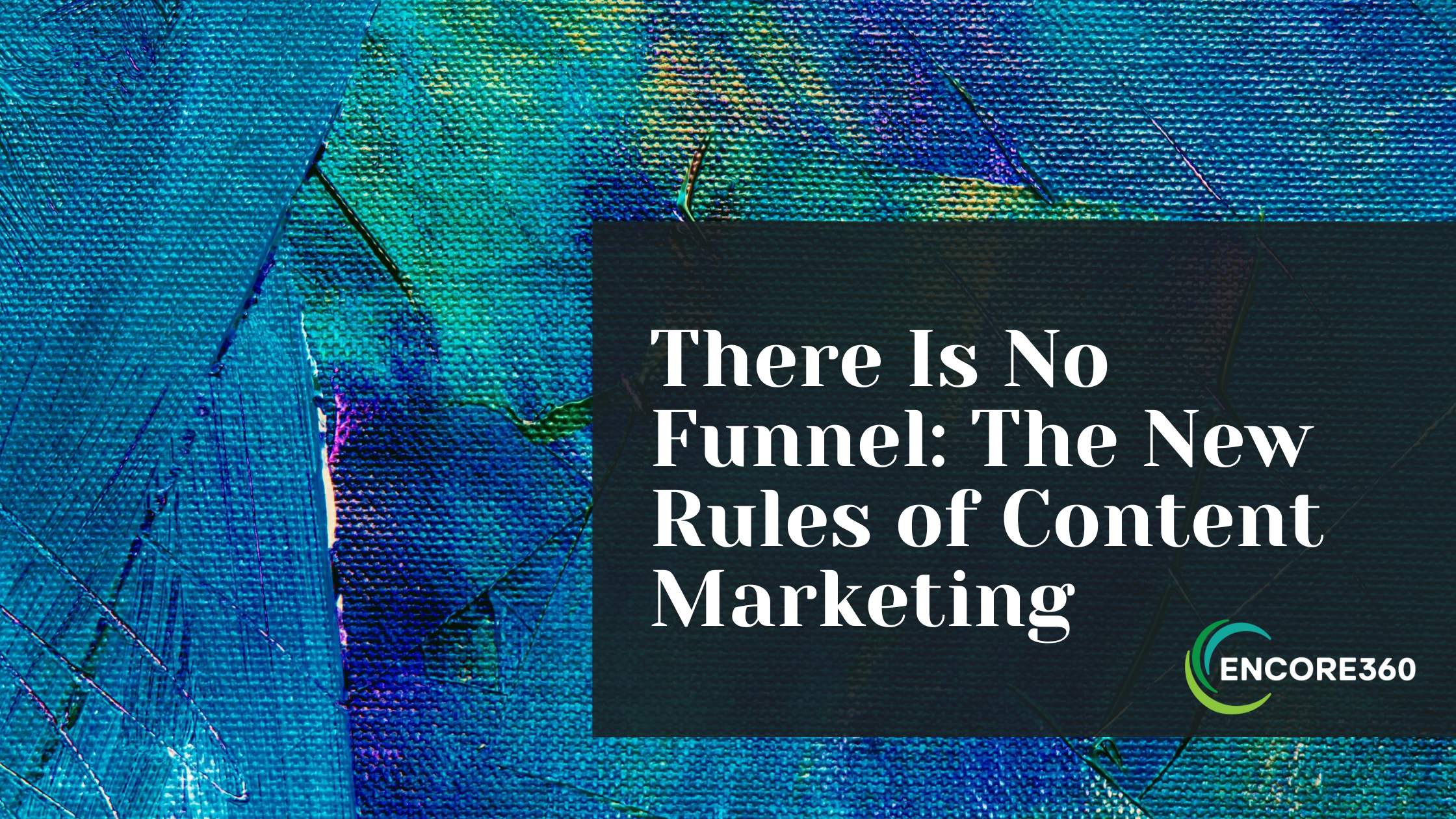The marketing funnel is dead. But most B2B content teams are still creating content for its ghost.
For decades, we’ve organized our content strategy around the idea that buyers move predictably from awareness to consideration to decision. We’ve built elaborate sequences, mapped buyer journeys, and optimized for progression through stages that exist more in our spreadsheets than in reality.
Meanwhile, our actual buyers are doing something completely different. They’re entering our content ecosystem at random points, consuming information in chaotic orders, involving stakeholders we never planned for, and making decisions based on constraints we never considered.
The disconnect isn’t just inefficient—it’s actively working against us. We’re creating awareness content for people who need immediate solutions. We’re building consideration resources for buyers who’ve already made their decision and need to sell it internally. We’re designing decision-stage content for end-users who won’t be making the decision at all.
It’s time to stop optimizing content for the buyer’s journey we wish existed and start building for the messy, non-linear, multi-stakeholder reality of how B2B buying actually happens.
This isn’t about abandoning strategy—it’s about upgrading to a strategy that works. The anti-funnel approach doesn’t eliminate structure; it creates flexible structure that serves chaos instead of fighting it.
The shift requires new thinking. New approaches. And most importantly, new rules.
Here are the five maxims that should guide every piece of content you create in this new reality:
1. Every Piece Must Stand Alone
Create content that delivers complete value without requiring previous consumption. No prerequisites, no assumed knowledge, no “in our last post we covered…” Your buyer might encounter this piece first, last, or only.
2. Design for Chaos, Not Control
Stop trying to guide buyers through your preferred sequence. Instead, build content that works regardless of order, timing, or entry point. Embrace the unpredictable nature of B2B buying rather than fighting it.
3. Serve Stakeholders, Not Stages
Focus on the different people involved in decisions (CFO, end-user, procurement, IT) rather than theoretical funnel stages. Each stakeholder has unique needs that exist independent of where the “primary buyer” sits in your process.
4. Build for Reality, Not Theory
Address the actual constraints, emergencies, and backwards-decision scenarios buyers face, not the ideal research process you wish they followed. Start with “We have $50K and need this solved by Q4” rather than “Let us educate you about our category.”
5. Make Content Shareable Across Internal Networks
Since B2B buying involves multiple stakeholders who need to sell your solution internally, create resources that travel well—easy to forward, explain to others, and present to different audiences within the same organization.
These maxims flip traditional funnel thinking from sequential control to adaptive support, recognizing that your job isn’t to guide the buyer’s journey but to be useful wherever that journey naturally leads them.
